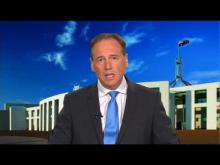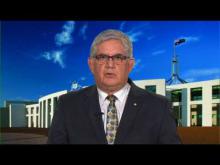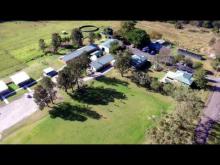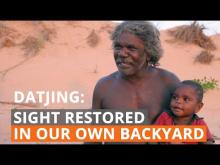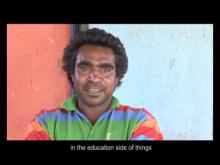“It’s time to move away from the deficit model that is implicit in much discussion about the social determinants of health, and instead take a strengths-based cultural determinants approach to improving the health of Aboriginal and Torres Strait Islander people.” - Professor Ngiare Brown
Community led responses to suicide prevention
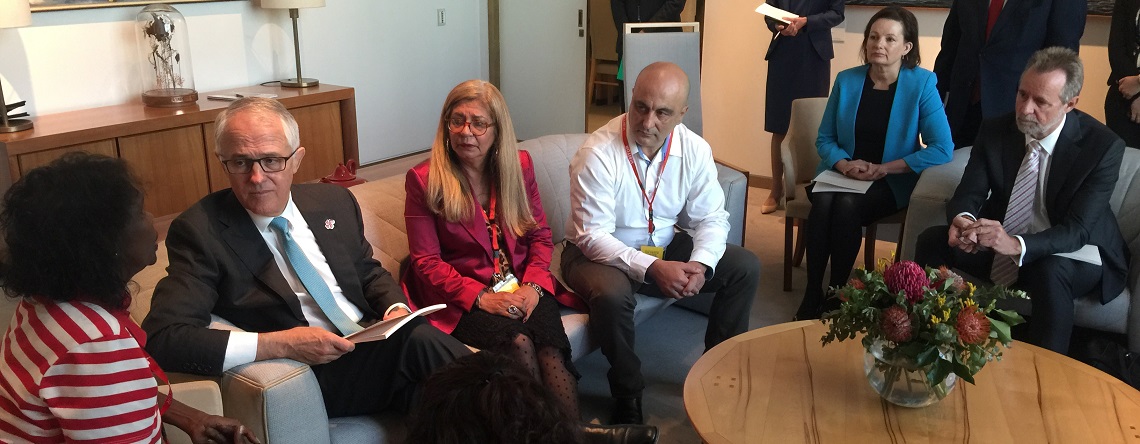
"My daughter always smiled, was always cheering up everyone. We needed help when we lost our child but there was none except for the Critical Response Project who has been there for us all this time. To lose a child puts a hole in your heart.” - Lena, Fitzroy Crossing.
Find out more on community led responses to suicide prevention
Health and wellbeing are important from pre-conception through to old age. The Aboriginal and Torres Strait Islander definition of health is much more than physical – it’s social, emotional, cultural and spiritual wellbeing of the individual and the community. The connection to country and family lies at the heart of Indigenous wellbeing.
target
Close the gap in life expectancy between Indigenous
and non-Indigenous Australians within a generation (by 2031).
- We are not on track to close the gap in life expectancy by 2031.
- Over the longer term, Indigenous mortality rates have declined significantly by 15 per cent since 1998.
- There have been significant improvements in the Indigenous mortality rate from chronic diseases, particularly from circulatory diseases (the leading cause of death) since 1998. However, Indigenous mortality rates from cancer (second leading cause of death) are rising and the gap is widening.
- There have been improvements in health care access and reductions in smoking which should contribute to long-term improvements in the health of Aboriginal and Torres Strait Islander peoples.
- Working collaboratively across governments, the health sector and with Aboriginal and Torres Strait Islander communities on local and regional responses is central to the Government’s approach to improve life expectancy.
National analysis
The most recent Indigenous life expectancy figures were published in late 2013 and showed a gap of 10.6 years for males and 9.5 years for females. In 2010-12, life expectancy at birth was estimated to be 69.1 years for Indigenous males (compared with 79.7 years for non-Indigenous males) and 73.7 years for females (compared with 83.1 years for their non-Indigenous counterparts. Between 2005-07 and 2010-12, there was a small reduction in the gap of 0.8 years for males and 0.1 years for females.
Over the longer term, between 1998 to 2015, the overall Indigenous mortality rate declined significantly, by 15 per cent. However, there has been no significant change in the Indigenous mortality rate between the 2006 baseline and 2015, nor in the gap since 1998.1 The figure shows that the current Indigenous mortality rate is not on track to meet the target. It also shows that mortality rates are continuing to decline for both populations, which explains why the gap has not narrowed.
Figure 22: Overall mortality rates by Indigenous status: NSW, Qld, WA, SA and the NT combined 1998 to 2031 (age standardised)
.png)
View the text alternative for Figure 22.
Between 1998 and 2015, the Indigenous mortality rate from chronic disease declined significantly by 19 per cent, and in the short term since 2006 there was a significant decline of 6 percent. The decline in the Indigenous mortality rate from circulatory disease was even stronger (by 43 per cent) and the gap narrowed (by 42 per cent) over the period 1998 to 2015. Over the same period there was also a significant decline in the Indigenous mortality rate from respiratory disease (by 24 per cent). Between 2006 and 2015 there was a significant decline in the Indigenous kidney disease mortality rate (by 47 per cent).
However, cancer mortality rates are rising and the gap between Indigenous and non-Indigenous Australians dying from cancer is widening. Between 1998 and 2015, there was a 21 per cent increase in the cancer mortality rate for Indigenous Australians and a 13 per cent decline for non-Indigenous Australians.
From 2002 to 2014-15, there has been a 9 percentage point decline in current smoking rates for Aboriginal and Torres Strait Islander people aged 15 years and over (from 51 per cent to 42 per cent). Despite these improvements, the current Indigenous smoking rate was 2.7 times the non-Indigenous rate.
Primary health care plays an essential role in identifying and managing care for people with chronic disease. Measures to increase uptake of health assessments by Indigenous Australians were introduced in 2009-10. Between July 2009 and June 2016, Indigenous health assessment rates for 0 to 14 year olds increased by 278 per cent; 15 to 54 year olds increased by 256 per cent; and 55 years and over by 195 per cent (see Figure 9).
Figure 24: Rate per 1,000 persons receiving Medicare Benefits Schedule health assessments, by age group, Indigenous Australians, 2006-07 to 2015-16
.png)
View the text alternative for Figure 24.
State and Territory Progress
Over the period 1998 to 2015, Indigenous mortality rates did not change significantly in New South Wales or South Australia. The Indigenous mortality rate declined by 30 per cent in Western Australia, 20 per cent in Queensland and 14 per cent in the Northern Territory over this period. Only Western Australia had a significant decline in the gap over the long term (by 37 per cent) and since the 2006 baseline for the target (by 31 per cent).
More information and data is available in the full Closing the Gap Prime Minister's Report 2017.
National policy to drive improvement in health outcomes
Australia’s health system is complex, with services provided by state and territory governments, community controlled health services and private practitioners. While the Australian Government has a limited role in the delivery of health services, we have an important part to play in ensuring the health system as a whole works for Australians and supports patients in their journey through the system. Commonwealth funded policies and programs such as the Medicare Benefits Schedule, the Pharmaceutical Benefits Scheme and Practice Incentives Programs play a significant role in the health system.
Local solutions
Amata healthy fun run in South Australia
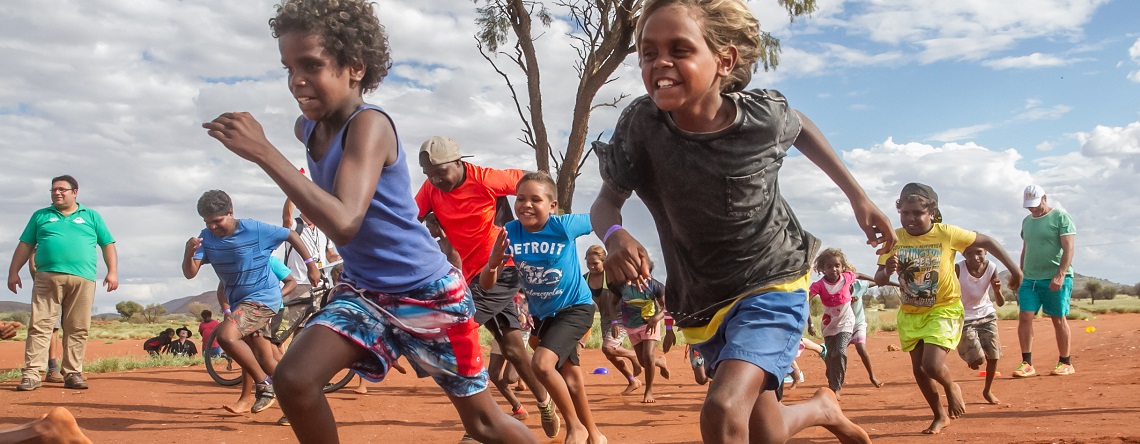
“The Foundation is using running to drive social change, celebrate Indigenous resilience and achievement, and address the high incidence of chronic disease and obesity in Indigenous communities across the country.” - Kellie O’Sullivan, Indigenous Marathon Foundation.
Find out more on the Amata healthy fun run local solution
More local solutions are available on the resources page
[1] For 2015 data, the Queensland Registry of Births, Deaths and Marriages included Medical Certificate of Cause of Death information for the first time to contribute to the Indigenous status data item. This data improvement was associated with a decrease in the number of deaths for which the Indigenous status was 'not stated' and an increase in the number of deaths identified as Indigenous in Queensland. Although the Indigenous mortality rate was higher in Queensland in 2015, for the other jurisdictions the rates were lower in 2015 than in 2014. This change in method means that time series data are not directly comparable and caution should be used in interpreting the trend

